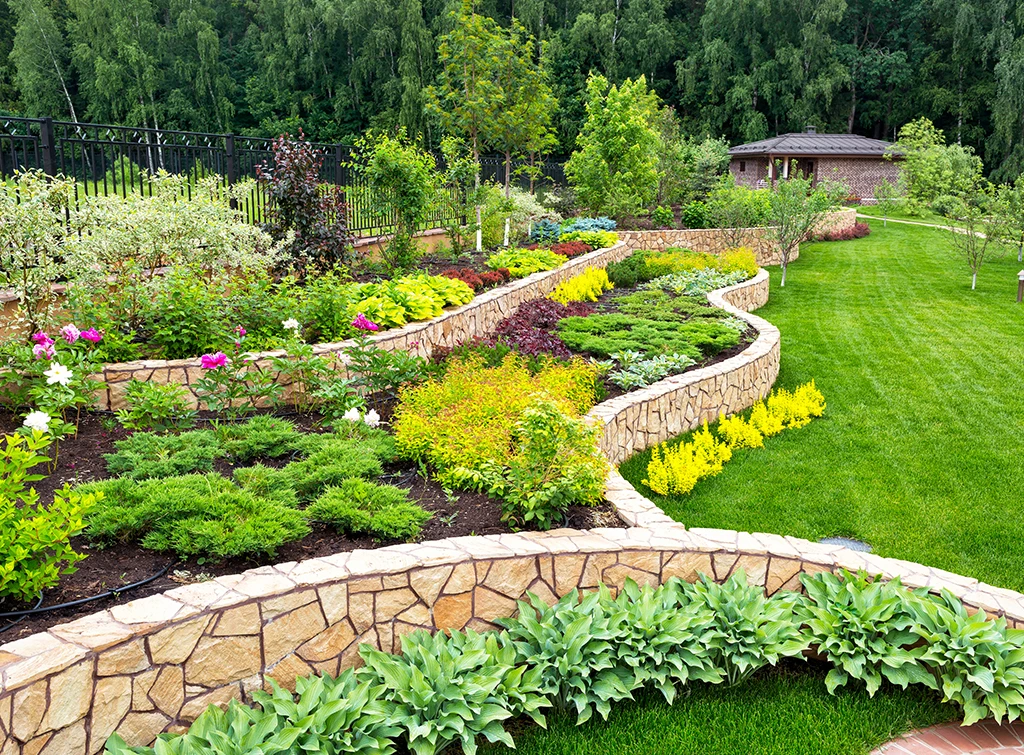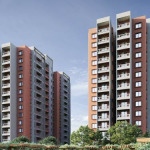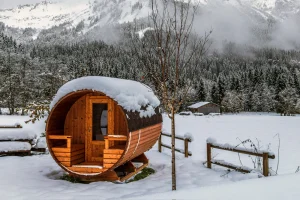
Concrete has become one of the strongest materials used in today’s landscaping industry. Durable, beautiful, and low maintenance, it is a favourite choice of homeowners looking to create lasting outdoor features. When it comes to concreting the Cranbourne investment, planning and care when mixing and pouring concrete are crucial to make sure that it does more than just look good but is also durable.
In this article, concrete surfaces integrate into your landscape design in Cranbourne and how to plan and maintain it.
Planning Concrete Surfaces for Success
The facilities of reliable concrete lie in preparation. Without it, you are at risk of issues like cracks or bumps or drainage problems that show up much sooner.
- Assess the Land: Examine grades, soil, and drainage. Fitted in such a way that flat is completely drained with no pooling of water to cause damage and extend life of surface.
- Choose the Right Mix: High-strength concrete is perfect for driveways and decorative purposes, while exposed aggregate works well for patios and walkways.
- Design Functionally: Determine if the space needs to bear heavy vehicles, foot traffic, or is purely decorative.
- Hire a Professional: Only an expert would be capable of installing it correctly and support you with reinforcement, finishing, sealing, etc.
As ever, planning and caring for concreting to ensure long-lasting durability will provide you with both time and money saved, as well providing added value to your home.
Integrating Concrete into Landscape Design
Concrete doesn’t have to seem so plain, or so industrial. It disappears into a landscape and enhances it, when handled properly in the design.
- Pathways & Stepping Stones: Lead the garden visitor through your creation with either patterned or meandering forms.
- Retainer Walls: Add form to sloping blocks and bring planting beds into your walls with shrubs or flowers.
- Garden Edging: Establish a crisp and easy to maintain garden bed or border.
- Patios and BBQ Areas: Finish off with the use of coloured or textured concrete.
When combined with plants, timber, lighting, and even water features, it’s a bridge to your garden.
Maintaining Your Concrete Features
No concrete — not even the toughest stuff and especially in this brutal environment — is going to stay strong and look good if you let it take a daily beating. Here’s how to keep your surfaces in tiptop shape:
- Easy to Clean: Sweep dirt and wash with soapy water to keep the finish looking fresh.
- Seal It: Re-coat with sealant every couple of years to help it resist moisture, stains, and UV damage.
- Fix Cracks Early: Smaller ones can expand if left alone; maintenance is less expensive than replacement.
- Stay Away from Harsh Chemicals: You should opt for gentle concrete cleaners as opposed to acid-based cleaners.
Mind Your Landscaping: Tree roots and over-watering can both harm concrete. Savvy landscaping care to protect your concrete features will help it to last long.
Long-Term Benefits of Proper Care
- Longevity: Well-built concrete can, in some cases, last for 40+ years.
- Low Maintenance: If sealing and cleaning is maintained properly, then minimum upkeep will do.
- Street Appeal: Decorative finishes make a property look better.
- Higher Property Value: Durable, beautiful concrete adds value to your home.
Final Thoughts
Concrete is not just a practical material — it also forms the base of an attractive, durable garden design. For homeowners wishing to pave their concreting in Cranbourne, smart installs and good preservation come in patterns which persist for decades. Through thoughtful landscaping and designs concrete is used to ensure that people have outdoor spaces they can enjoy for years which ultimately not only remain stunning but also highly durable. When done properly, cement work increases the value of a home, and contributes to its usefulness. Concrete then becomes more than just a surface — it transforms into an expression, along with plant life, textures, and lighting.








